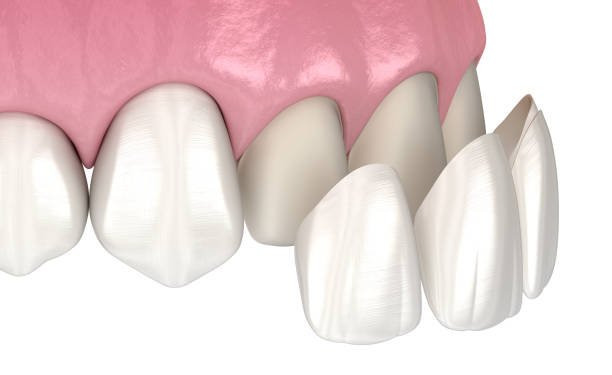Composite bonding is a dental procedure that involves the use of tooth-colored composite resin to improve the appearance of a patient’s teeth. This procedure has become increasingly popular in recent years due to its effectiveness in addressing a wide range of dental issues, from minor cosmetic flaws to more significant structural damage. In this article, we will take a closer look at composite bonding, how it works, and why it is an excellent option for patients in Barrow.
What Is Composite Bonding?
The application of a tooth-colored composite resin to the teeth’s surface is involved in composite bonding, a cosmetic dental procedure. Subsequently, the resin is contoured and refined to blend in with the surrounding natural teeth, producing a pleasing and authentic-looking smile. This treatment is generally utilized to correct minor cosmetic imperfections, such as discolored or chipped teeth, but it can also be utilized to address more severe structural damage, such as gaps or cracks in the teeth.
How Does Composite Bonding Work?
Composite bonding is a relatively straightforward procedure that can typically be completed in a single office visit. The first step in the process is to prepare the tooth by roughening the surface with a special dental drill. This helps to ensure that the composite resin adheres properly to the tooth’s surface.
Next, the composite resin is applied to the tooth in several layers. Each layer is cured using a special light, which hardens the resin and allows it to bond to the tooth’s surface. Once the desired shape and color have been achieved, the resin is polished to give it a natural-looking finish.
Why Is Composite Bonding a Good Option for Patients in Barrow?
There are several reasons why composite bonding is an excellent option for patients in Barrow. First and foremost, composite bonding is a versatile procedure that can be used to address a wide range of dental issues, from minor cosmetic flaws to more significant structural damage. This means that patients can achieve a more aesthetically pleasing smile without having to undergo more invasive procedures, such as dental implants or crowns.
Another reason why composite bonding is an excellent option for patients in Barrow is that it is a relatively affordable procedure compared to other cosmetic dental procedures. This means that patients can achieve a more attractive smile without breaking the bank.
Composite bonding is also a relatively quick and straightforward procedure that can typically be completed in a single office visit. This is ideal for patients who have busy schedules and cannot afford to take time off work or school for multiple dental appointments.
Finally, composite bonding is a conservative procedure that preserves more of the natural tooth structure compared to other cosmetic dental procedures. This means that patients can achieve a more aesthetically pleasing smile without sacrificing the health and integrity of their natural teeth.
Common Uses for Composite Bonding
Composite bonding can be used to address a wide range of dental issues, including:
Chipped or Cracked Teeth
Composite bonding can be used to restore the appearance of chipped or cracked teeth, improving their shape and color.
Discolored Teeth
Composite bonding can be used to cover up stains and discoloration on the teeth, resulting in a brighter, more attractive smile.
Gaps Between Teeth
Composite bonding can be used to fill in gaps between the teeth, improving the overall appearance of the smile.
Misshapen Teeth
Composite bonding can be used to reshape misshapen teeth, improving their appearance and function.
Cavities
Composite bonding can be used to fill cavities, restoring the tooth’s structure and preventing further decay.
Potential Risks and Side Effects
Like any dental procedure, composite bonding does come with some potential risks and side effects. These include:
Sensitivity
Some patients may experience sensitivity to hot or cold temperatures after the procedure. This sensitivity usually goes away within a few days.
Color Changes
Over time, the composite resin may darken or become discolored. This can be corrected by having the bonding redone.
Chipping or Breaking
Composite bonding is not as strong as natural teeth and can chip or break if subjected to excessive force, such as biting down on hard objects or foods.
Decay
Composite bonding does not prevent decay from occurring, and patients must maintain good oral hygiene to prevent further decay from developing around the bonded teeth.
It is essential to discuss any potential risks and side effects with your dentist in Barrow before undergoing composite bonding. Your dentist can evaluate your oral health and help determine whether composite bonding is the best option for your specific needs.
Conclusion
Composite bonding is a highly sought-after and efficient cosmetic dental procedure that enhances the look of a patient’s teeth. It is a budget-friendly, versatile, and minimally invasive method that can handle a variety of dental concerns, from minor aesthetic blemishes to major structural damage.
In Barrow, individuals can capitalize on the advantages of composite bonding, which can produce an attractive smile while keeping the natural teeth’s health and durability intact. Nonetheless, it is critical to have a conversation with your dentist about any possible dangers or negative effects before proceeding with composite bonding to guarantee optimal results.
